I’m racing down a rural road in our beat-up old ranch truck, one of my roommates in the passenger seat. The tires squeal as I take the turns.
At 11am we were peacefully coworking in town when we got the alert that our area was under “Prepare to Evacuate” status due to a wildfire 4 miles from our home, an off-grid community in California.
My friend and I both had our cats at home, so we raced back, violating our community’s emergency protocol that says if you’re in town, stay in town. When we arrived, we packed our grab bags, gathered our supplies, and joined the other residents in one of our living rooms to debrief and review our evacuation procedures.
In the end, the evacuation warning passed.
Just the day before, the electric companies performed an intentional shut-off of electricity to our area. This was to contain potential wildfires from fallen electrical lines during the Santa Ana winds. While most of our area was completely without power, we had solar panels, tesla wall packs, and large external batteries to power our devices.
Although, it didn’t last long, because half the residents assumed we could use power as normal and proceeded to do laundry, run the dishwasher, and use electric over stove teakettles.
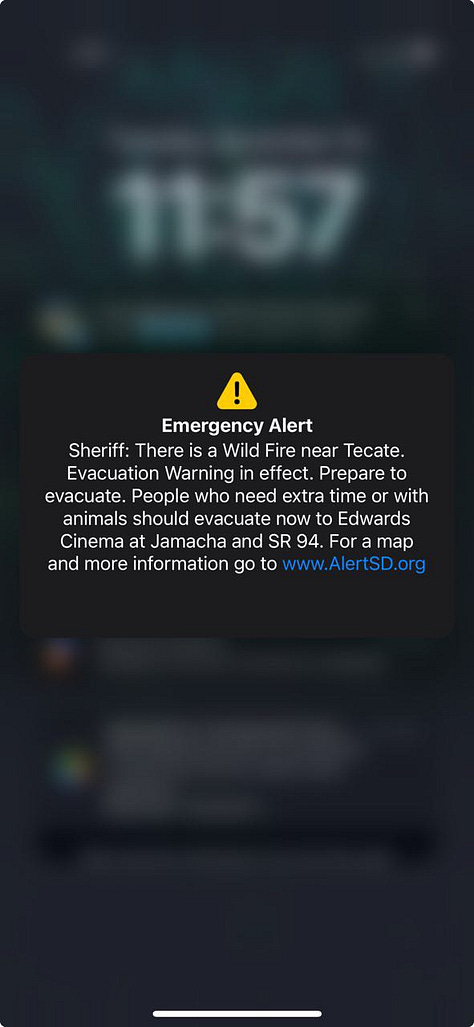
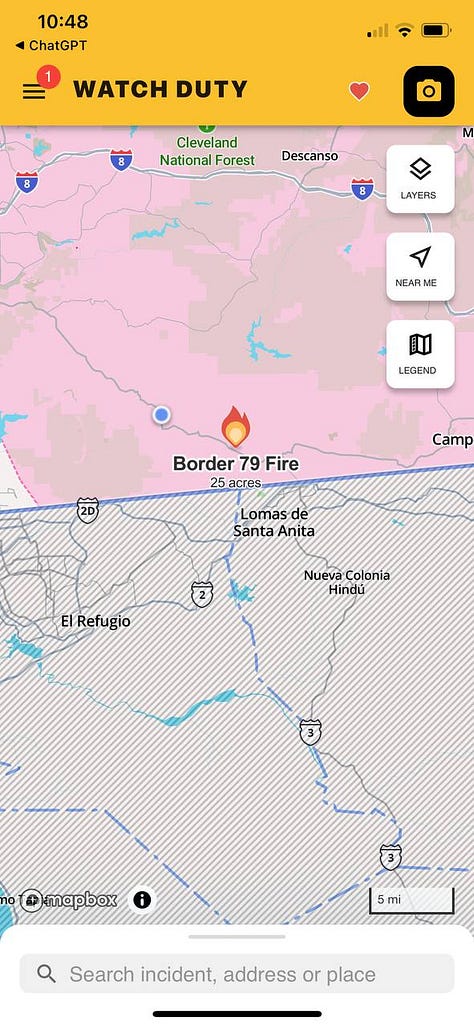
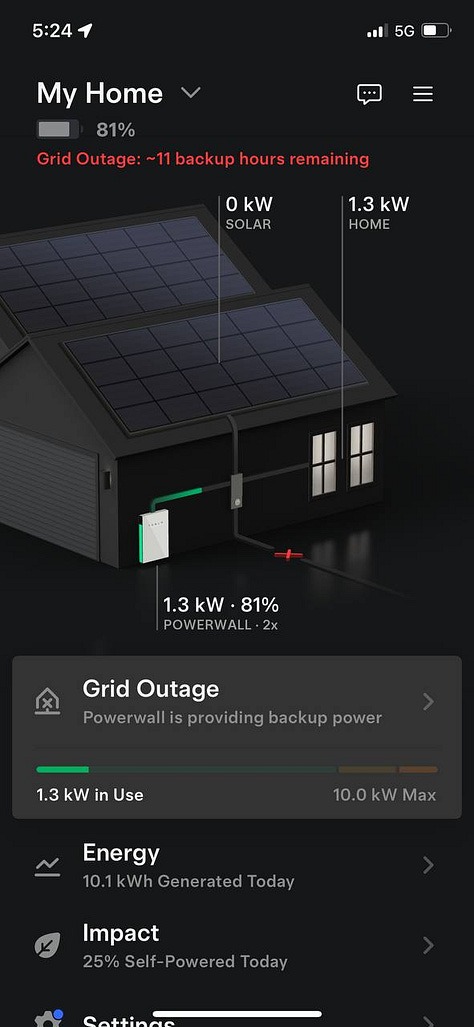
All this to highlight 2 crucial realities:
Disaster can strike at any time in any modern place.
Most people, even those living in sustainable community, are unprepared for what climate disaster might really entail.
Spoiler alert, there is no place on earth that won’t be affected by severe climate change.
Especially as the domino effect happens of disrupted trade, climate refugees, and any food, water, or chocolate shortages — there are few “ideal” places. There are, however, places that will face less extreme weather, less natural disaster, and possibly more socioeconomic stability.
Several village builders I know obsess over this reality.
I don’t. I think if we regenerate those areas of vulnerability, we might actually be able to stabilize those regions with pockets of biodiversity and resilience. This is evidenced by the Global Ecovillage Network’s Ecovillage Resilience Project and its case studies.
But…if you’re wondering, here are some tools to help you pick land that has a higher likelihood to be a more stable project over time if we don’t see drastic behavioral change in our society.
What You Should Look For
When considering where to build an ecovillage in the face of climate change, prioritize locations with:
High elevation
Viability of renewable energy sources
Ample onsite water resources
Biodiverse ecosystems (measured by the Biodiversity Intactness Index, or BII)
A moderate climate
Consider regions with established resilience initiatives and supportive local policies as well. I also recommend you investigate what these factors look like:
2nd degree climate effects
Projected coastal loss
Expected weather extremity over time
Predictive geopolitical stability
Most likely natural disasters (this may change in times of climate change, such as San Francisco getting its first ever tornado warning)
Current water shortage predictions
Agricultural stability
Independent Research by Village Builders
A couple of lists with details on ideal locations:
Cohere’s List — originally composed by one of Cohere’s founders, Devin Lyttle, when they were searching for properties to build regenerative communities to incorporate into their co-ownership model.
Regen Tribe’s List — This is a much shorter list I made when we were going to collaborate with Cohere. I did a reverse assessment of projects we were looking at or already had partnerships with, which I suggest you perform for your project, even if you already have the land.
Keep in mind that there are amateur lists, even though they are research-backed.
Climate Data Projects



AlphaGeo — AI-powered predictive geospatial project focused on guiding resilience investing. Offers detailed environmental, geological, and climate risk analysis for land selection.
ClimateCheck — Provides climate risk assessments for specific properties, focusing on flooding, wildfires, extreme heat, and other risks.
RiskFactor.com — Created by the First Street Foundation, this tool evaluates properties in the U.S. for flood, wildfire, and heat risks.
LandPKS — Provides data on land potential, soil health, and climate risks to guide land management decisions.
If you’re interested in mapping your own region’s vulnerability to climate change, you might also consider ESRI ArcGIS, a GIS platform offering customizable layers for analyzing environmental risks, soil quality, water availability, and more.
Climate Reality Check
In the center of my mind I hold the bright knowing that building regenerative communities is not about building an oasis to hide while the world burns.
Villages are a solution, not a resort.
The challenges and lessons from my too-close-for-comfort wildfire underline the critical importance of preparation.
Our community's owner encourages us to keep a grab bag ready just for these occasions, which I had failed to do. Personally, the experience of quickly sorting through my belongings to choose what I would bring and what I would leave behind to potentially burn was disturbing.
It seems clear that individual preparedness is also part of collective preparedness.
Money spent finding and locating a “climate change resistant” place may help you understand the specific climate challenges of your ultimate destination.
I recommend this process for everyone from individuals to entire projects.
Wherever you choose, you'll have to invest time and resources into climate-informed planning, disaster protocols, and regenerative infrastructure like off-grid power systems. You will also have to directly prepare and train community members for emergencies.
This is non-negotiable.
By proactively addressing vulnerabilities and fostering a culture of preparedness, we can create communities capable of weathering the storms—both literal and societal—that are sure to come.





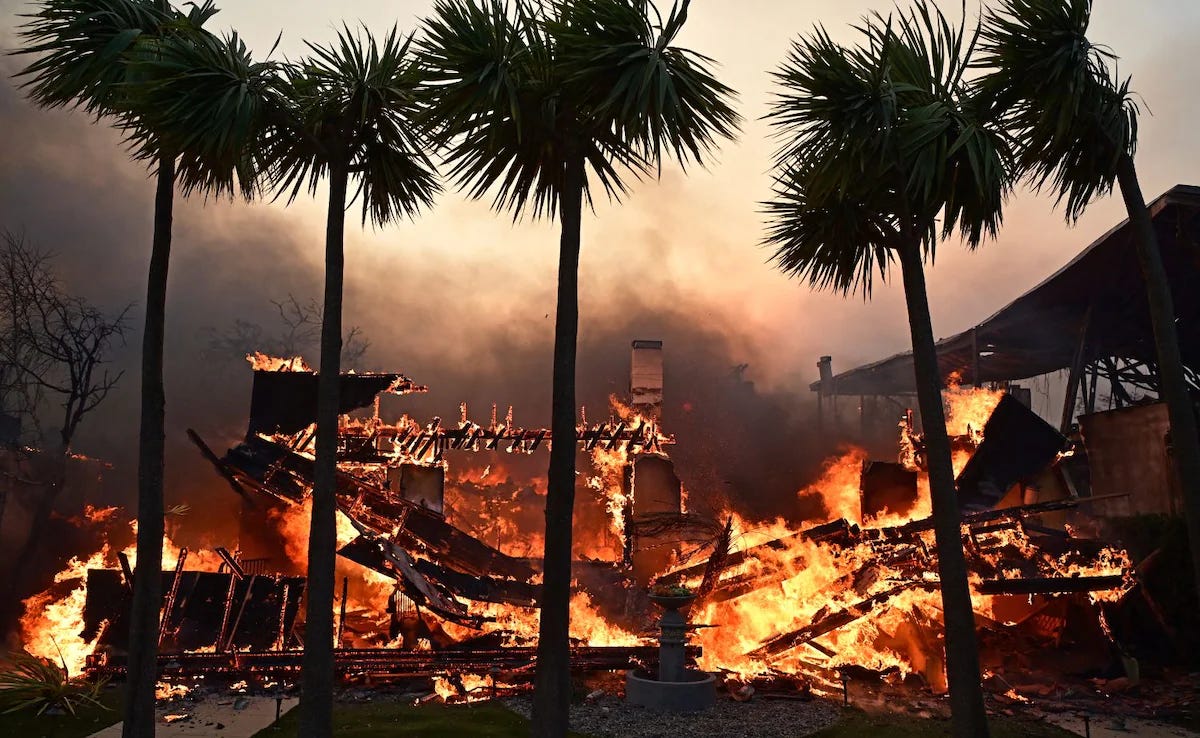

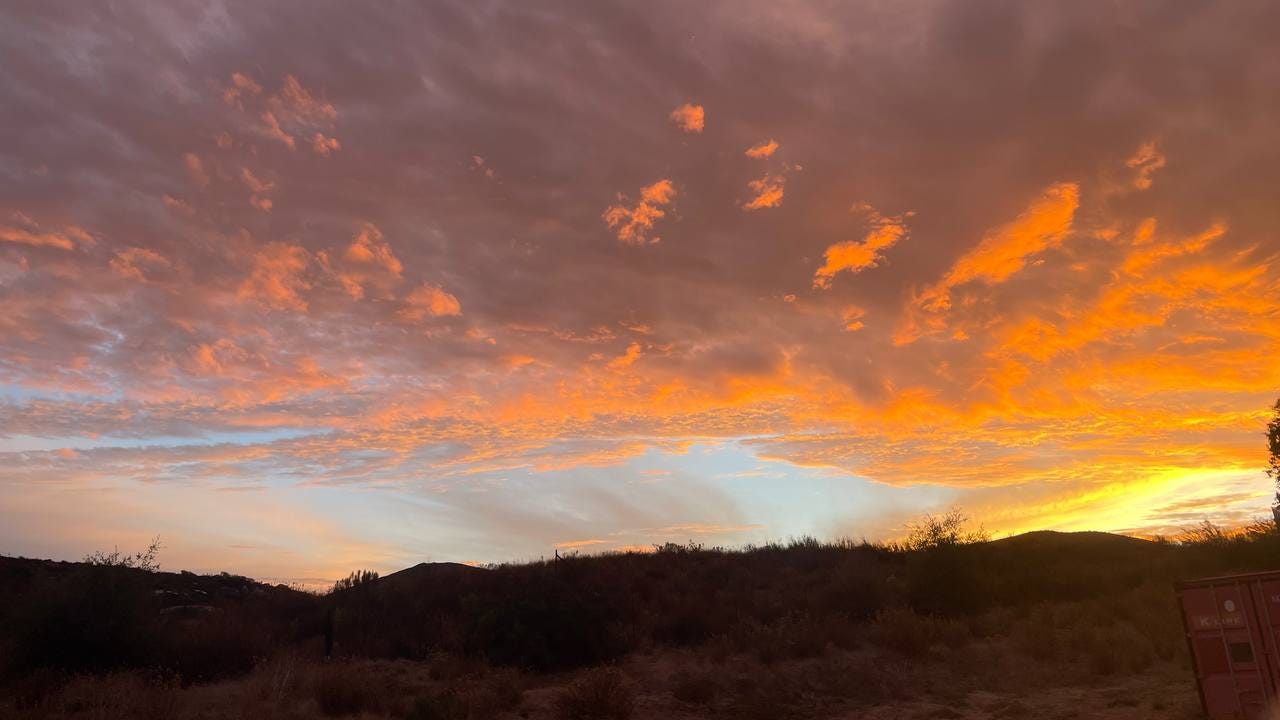
Check out Pristine Peloponnese? Also chance of wildfire but we are at least also working on the solutions